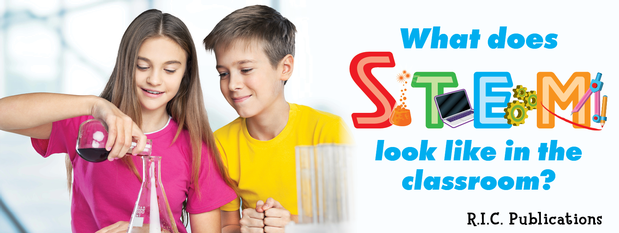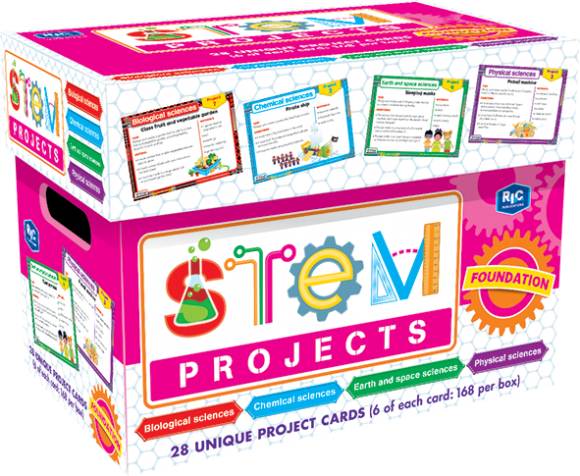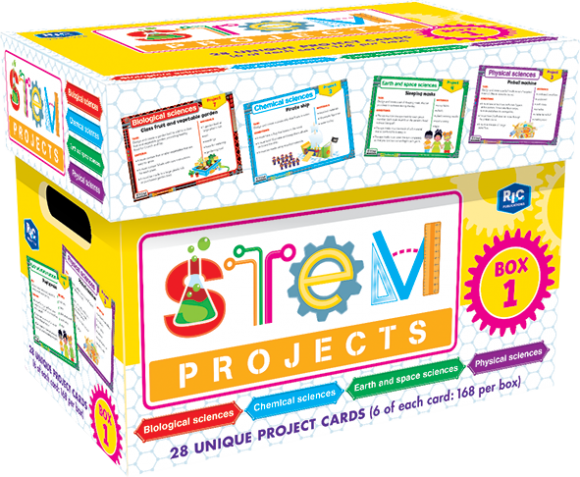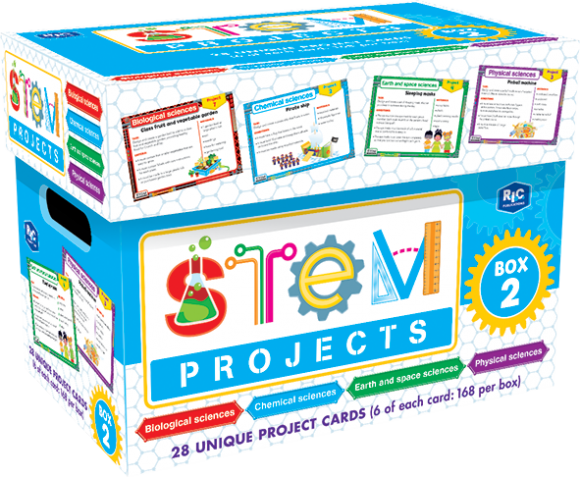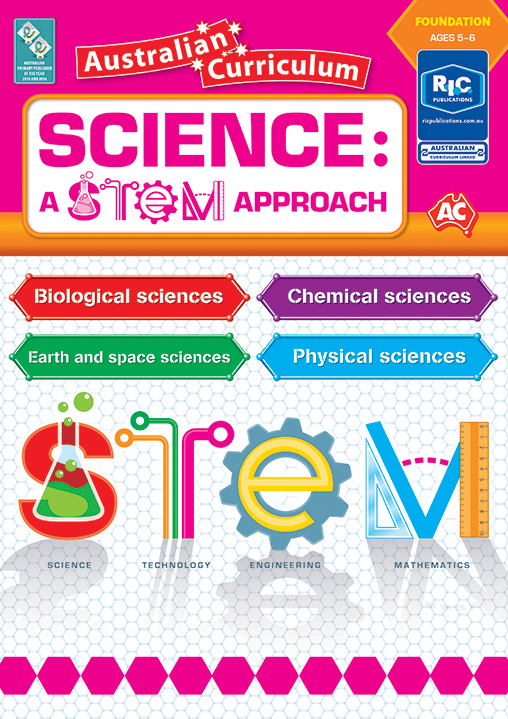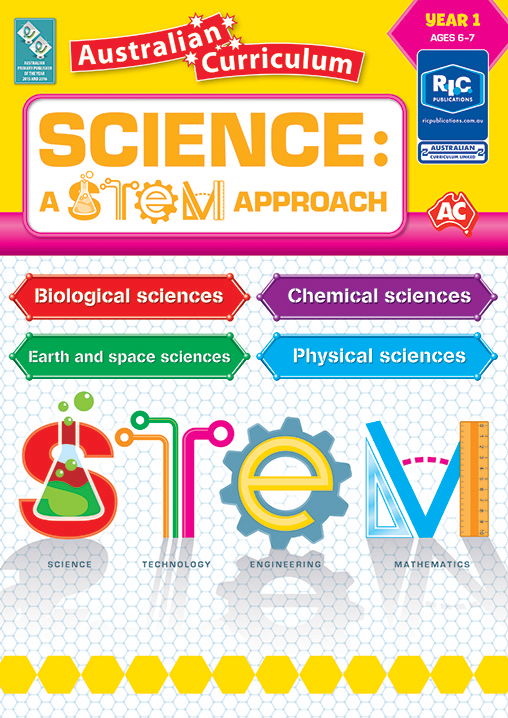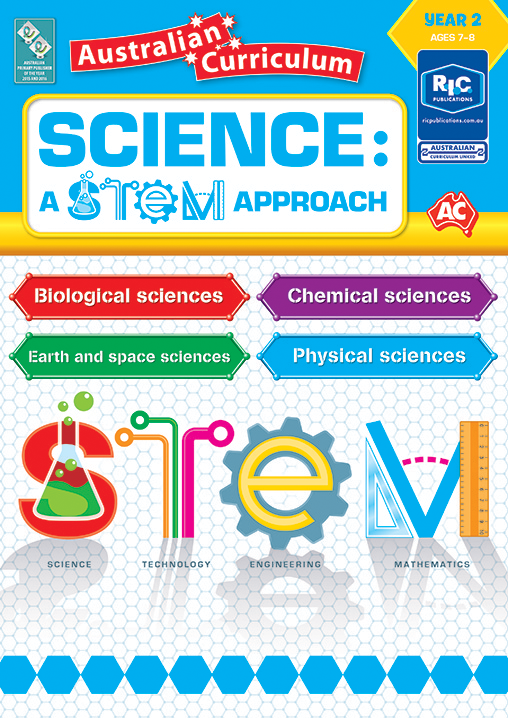- Wednesday 04 October 2017
- 0 Comments
The inaugural STEM Education Conference was held in WA on the 28th and 29th of September at Curtin University. It was designed to bring together STEM industries, academia and teachers in an effort to nut out what STEM should look like in schools and how to best advance student learning outcomes.
Key conference take aways
- The fourth industrial revolution is upon us and we need to embrace it. STEM is not a trend; it is our inevitable future and the rollout into education needs to be inclusive of all students.
- Curriculum integration and STEM is not new, as Judy Anderson, Associate Professor of Mathematics Education at the University of Sydney, pointed out. It is just the acronym that is new. It started in the 1990s as SMET, became METS, then finally arrived at STEM.
- STEM needs to be valued in society and a stronger STEM culture needs to be created. The same amount of praise and attention paid to high-achieving sports stars should also be given to scientists, engineers and technologists.
- The focus is on skills as opposed to regurgitating facts. Knowledge can be googled and intelligence is not enough anymore. Skills such as entrepreneurship, and creative and critical thinking are more important. These skills come from the subject areas of science, mathematics, and technologies and design.
- The higher-order skills from STEM subjects are also applicable across all curriculum areas. STEM can fit into the whole-school agenda by looking at the school context and the needs of the students, and using it to guide an educational approach.
- There is still a need for separate teaching of mathematics content. Not all mathematics curriculum outcomes can be delivered through an integrated STEM program. This is a relief for those teachers who thought they were doing something wrong by not being able to incorporate enough maths into their STEM planning.
Possible ideas to deliver STEM
- Deliver it through the context of the general capabilities and cross-curricular priorities; e.g. through a theme of sustainability.
- Make STEM extra-curricular, such as after-hours clubs and events, and competitions. But keep in mind that you are preaching to the converted. STEM needs to reach and be accessible to all Australian children.
- STEM can be embedded, either in an irregular manner such as the Maths Inside Project, or in a regular manner within the normal ongoing timetable.
What the government is doing to encourage STEM
- The STEM Learning Project, which will be delivered by March 2018.
- $17 million in funding to WA primary schools to create authentic science labs.
- Developing an Australian Space Program
Considering that 75% of growing jobs require STEM skills and that 40% of current jobs will disappear (apparently teaching is not one of these), do you feel that you have all the tools and information you need to be successful as an educator? The curriculum needs to support the emphasis on skills. If Professor Peter Klinken, Chief Scientist of Western Australia, states that 'The curriculum content can crush curiosity and creativity', then you better believe that a change is needed.
If you feel enough is not being done, write to the Minister of Education, Minister of Science and the Premier of your state. Do you want more professional learning or resources, or to call for a change to the curriculum? What about non-government schools? How can they access government-funded initiative and resources? Is there enough being done and enough funding in non-government schools? Is enough planning time for STEM allocated in your school? Start a conversation today, as we are in the midst of change and teachers are part of the process.
Essential resources to inspire educators:
Most likely to succeed documentary
The case for STEM Education by Richard Bybee
R.I.C. will be releasing two exciting new STEM products in October.
Click on the images below for more info!
Foundation to Year 2 available October 2017. Year 3 to Year 6 available January 2018.
Foundation to Year 2 available October 2017.
